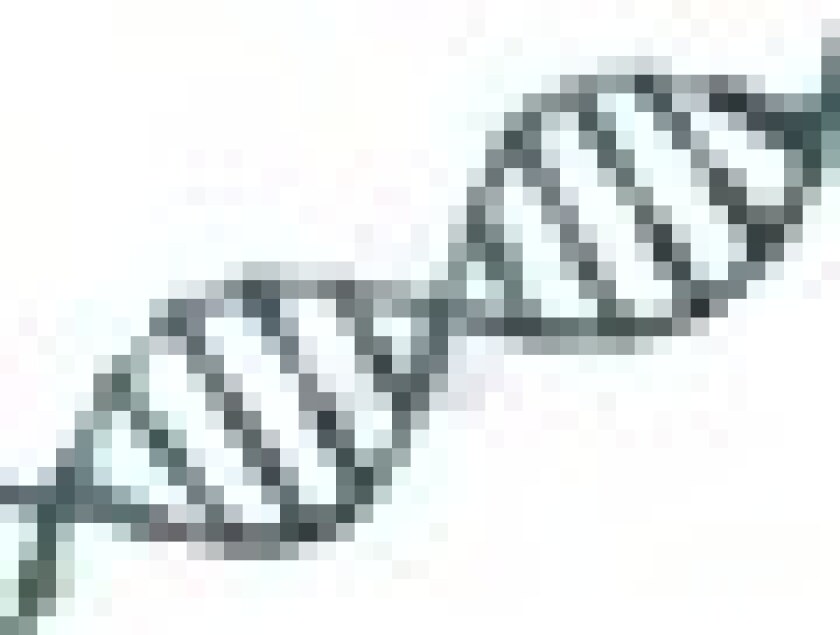In the long-running dispute, a number of parties including the Association for Molecular Pathology argued that Myriad’s claims covered matter that was not eligible for patent protection.
In today’s majority opinion, Judge Alan Lourie affirmed that the district court had declaratory judgment jurisdiction as at least one plaintiff (Harry Ostrer) had standing to challenge the validity of the patents.
The Federal Circuit also again reversed the district court’s finding that Myriad’s composition claims to isolated DNA molecules cover patent-ineligible products of nature saying “each of the claimed molecules represents a nonnaturally occurring composition of matter”
In addition, the court reversed the finding that Myriad’s method claim to screening potential cancer therapeutics via changes in cell growth rates of transformed cells is directed to a patent-ineligible scientific principle.
But it affirmed the district court’s decision that Myriad’s method claims directed to “comparing” or “analyzing” DNA sequences are patent ineligible, saying “such claims include no transformative steps and cover only patent-ineligible abstract, mental steps”.
Judge Kimberly Moore, who reportedly asked probing questions in the oral hearing, wrote a concurring opinion.
But Judge William Bryson wrote an opinion in which he dissented from the court’s holding that Myriad’s BRCA gene claims and its claims to gene fragments are patent-eligible.
“In my view, those claims are not directed to patentable subject matter, and the court’s decision, if sustained, will likely have broad consequences, such as preempting methods for whole-genome sequencing, even though Myriad’s contribution to the field is not remotely consonant with such effects,” wrote Bryson.
The Federal Circuit first ruled in the Myriad case in July last year, after which an appeal to the Supreme Court was filed. The case was remanded back to the Federal Circuit following the Supreme Court’s decision in Mayo v Prometheus in March this year.
The list of attorneys acting for the parties and amicus curiae extends to five pages of the opinion. One of them was Dan Ravicher of the Public Patent Foundation, who was profiled as one of the 50 most influential people in IP last month.
Managing IP also has a page devoted to the Myriad case.









